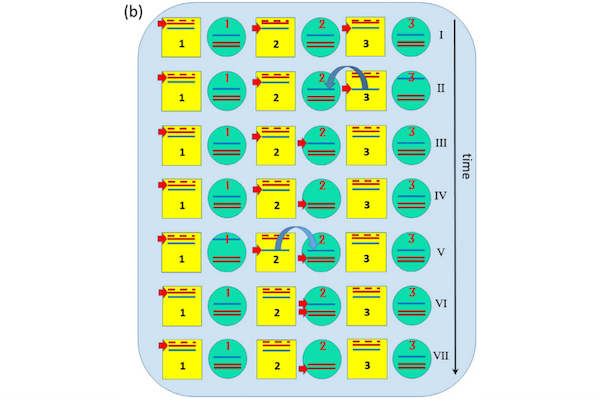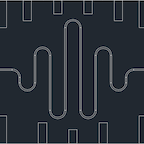
Digital quantum simulators in a scalable architecture of hybrid spin-photon qubits
Type
Resolving quantum many-body problems represents one of the greatest challenges in physics and physical chemistry, due to the prohibitively large computational resources that would be required by using classical computers. A solution has been foreseen by directly simulating the time evolution through sequences of quantum gates applied to arrays of qubits, i.e. by implementing a digital quantum simulator. Superconducting circuits and resonators are emerging as an extremely-promising platform for quantum computation architectures, but a digital quantum simulator proposal that is straightforwardly scalable, universal, and realizable with state-of-the-art technology is presently lacking. Here we propose a viable scheme to implement a universal quantum simulator with hybrid spin-photon qubits in an array of superconducting resonators, which is intrinsically scalable and allows for local control. As representative examples we consider the transverse-field Ising model, a spin-1 Hamiltonian, and the two-dimensional Hubbard model; for these, we numerically simulate the scheme by including the main sources of decoherence. In addition, we show how to circumvent the potentially harmful effects of inhomogeneous broadening of the spin systems.

